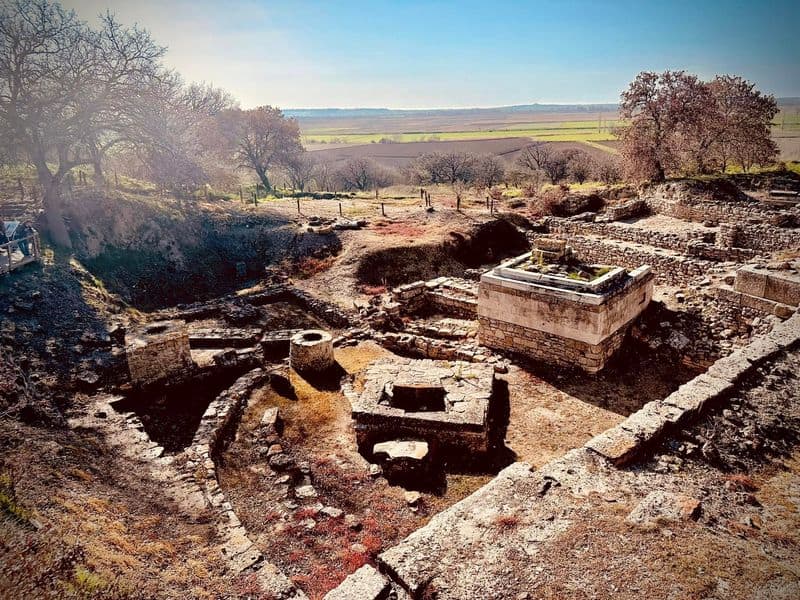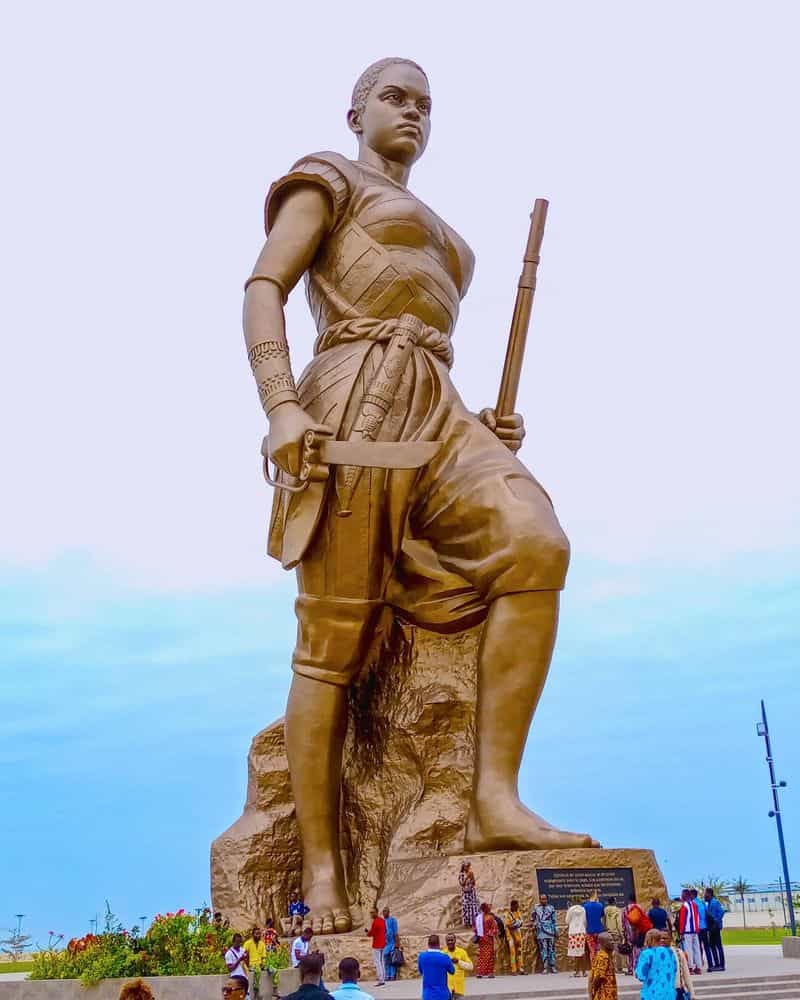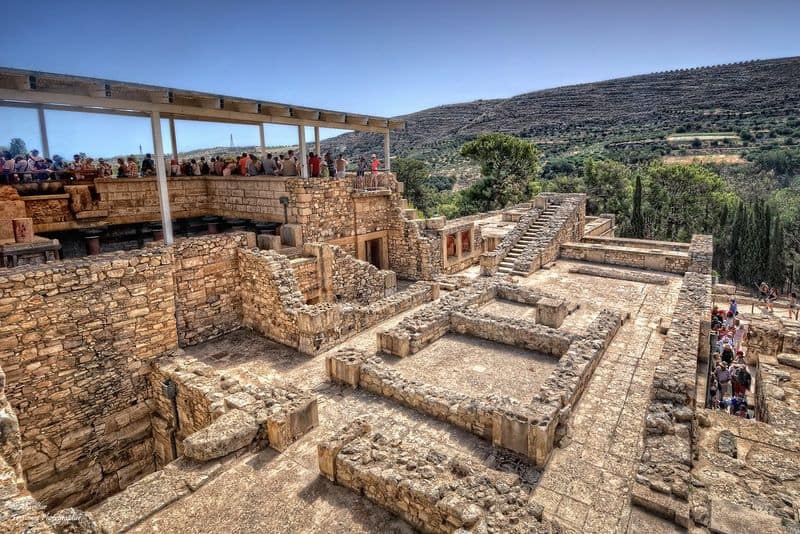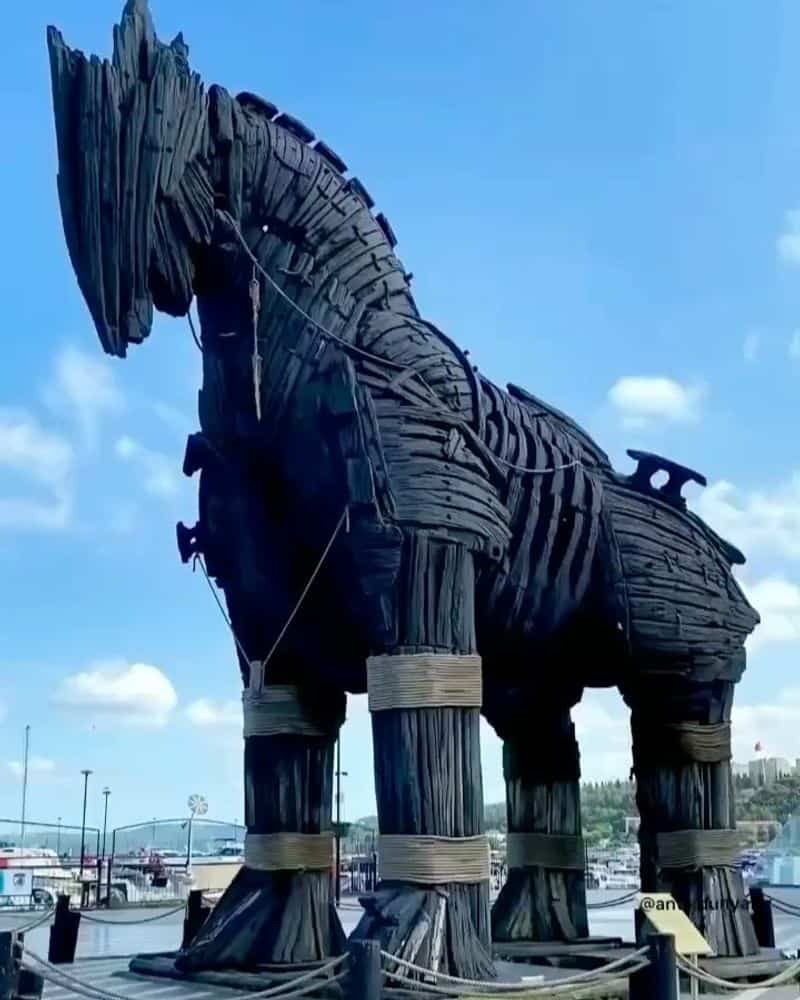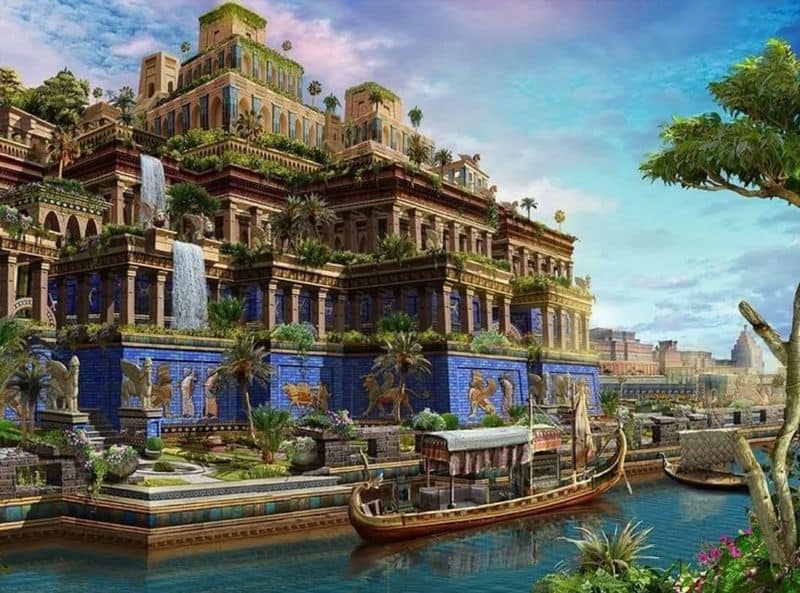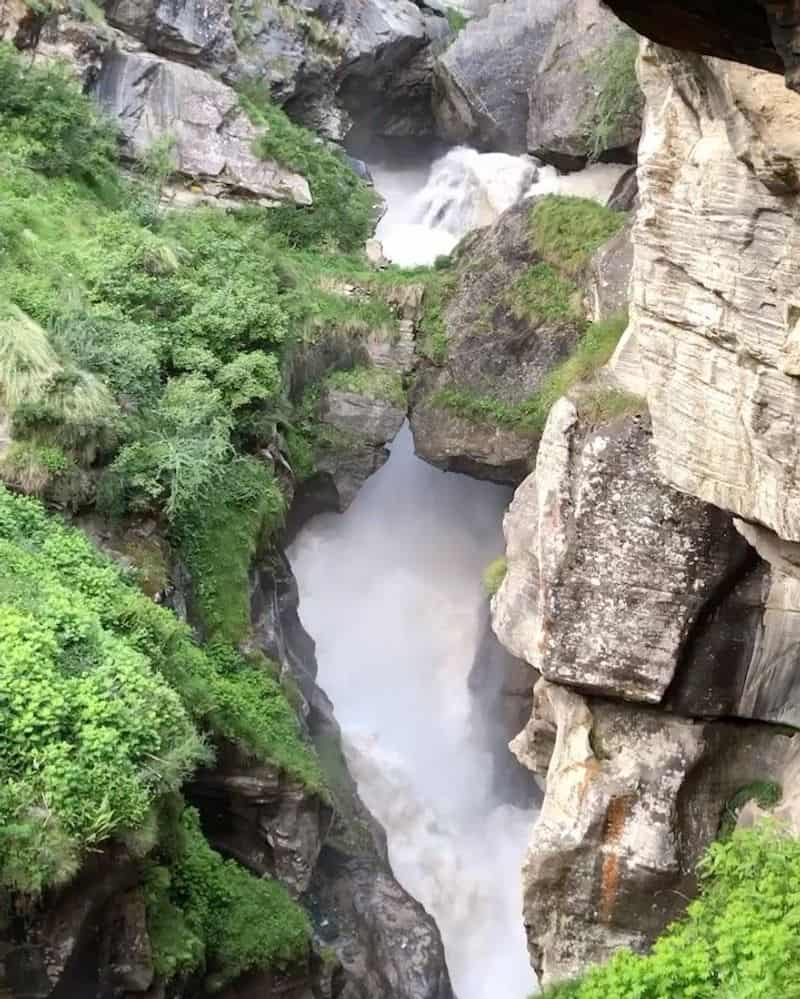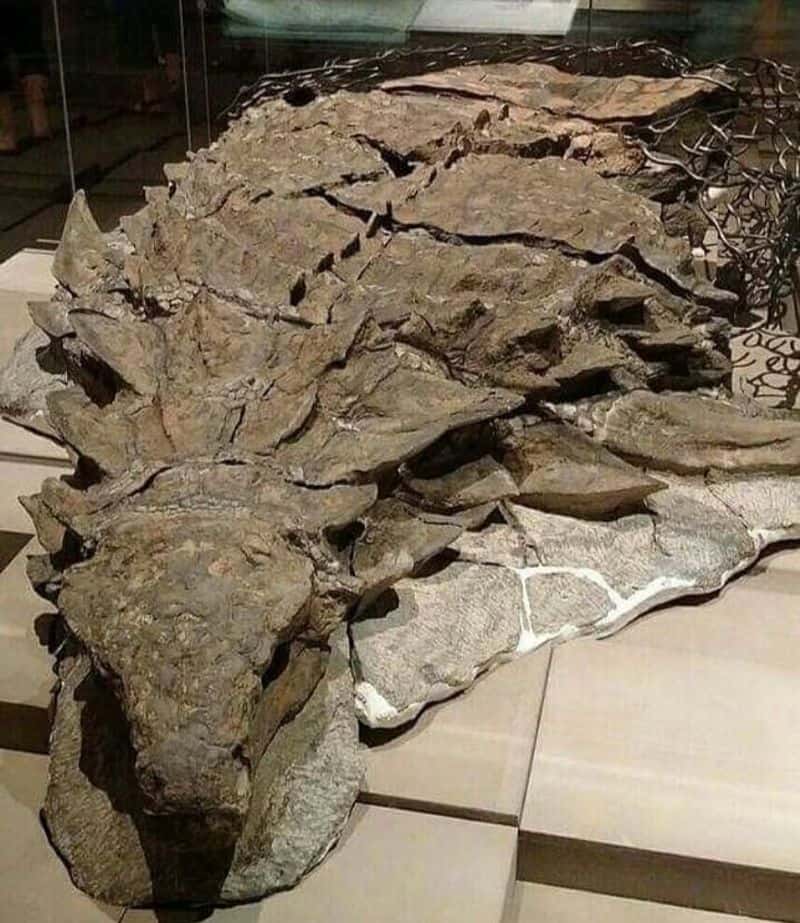Stories from our past often blur the line between fact and fiction. For centuries, people dismissed many ancient tales as mere imagination or superstition.
Yet modern science and archaeology have revealed surprising truths behind some of our most enduring myths. From legendary creatures to lost cities, these old stories weren’t completely made up after all.
1. The Mighty Kraken
Sailors once trembled at tales of massive tentacled monsters that could drag entire ships beneath the waves. Most people laughed these stories off as drunken exaggerations.
Then scientists discovered the giant squid, reaching lengths over 40 feet with eyes the size of dinner plates. These deep-sea dwellers rarely surface, explaining why confirmed sightings were so rare throughout history.
While they don’t intentionally attack ships, their enormous size and mysterious nature perfectly match the legendary kraken that haunted mariners’ nightmares for centuries.
2. Troy’s Hidden Walls
Homer’s epic tale of the Trojan War seemed like pure fiction until amateur archaeologist Heinrich Schliemann made a stunning discovery in 1870. Following clues from ancient texts, he unearthed ruins in Turkey that matched the legendary city’s description.
Further excavations revealed multiple layers of city remains, including evidence of destruction that aligns with the timeframe of the supposed war. Archaeologists found defensive walls, palace foundations, and artifacts that confirm Troy wasn’t just a poet’s invention.
The wooden horse might be embellished, but the city and conflict were real.
3. Amazon Warriors
Greek myths described fierce female warriors who fought as equals to men – a concept many historians dismissed as fantasy. Modern archaeology tells a different story.
Excavations across the Eurasian Steppe uncovered graves of women buried with weapons, armor, and horses. Their skeletons show battle injuries and muscle development consistent with lifelong warrior training. DNA testing confirmed these weren’t ceremonial burials but genuine female fighters.
The Amazons weren’t an organized nation as depicted in myths, but nomadic Scythian tribes did indeed have women who rode, hunted, and fought alongside men.
4. The Labyrinth’s Twisting Corridors
Greek mythology tells of an impossible maze housing the bull-headed Minotaur. The Palace of Knossos on Crete, excavated in the early 1900s, revealed the likely inspiration.
This massive Bronze Age complex contained over 1,000 interconnected rooms across multiple levels, creating a disorienting effect for anyone unfamiliar with its layout. The palace featured elaborate bull imagery throughout, including the famous bull-leaping frescoes that may have inspired the Minotaur legend.
While no monster lurked within, the labyrinthine design and bull worship provided all the elements needed for the myth.
5. The Flaming Phoenix
Ancient Egyptians spoke of a magnificent bird that burst into flames at death and rose renewed from its own ashes. This seemingly impossible creature might have a real-world counterpart.
Researchers believe the phoenix myth originated from travelers’ accounts of East African lesser flamingos. These bright pink birds nest by the thousands on lakes that completely evaporate in summer heat.
When the dried lake bed catches fire from lightning or volcanic activity, the birds take flight en masse through smoke and flames, later returning when waters refill – creating the perfect visual metaphor for death and rebirth from ashes.
6. The Trojan Horse Strategy
Everyone knows the tale – Greeks hiding inside a wooden horse to infiltrate Troy’s impenetrable walls. No actual wooden horse has been discovered, but the story holds military truth.
Ancient siege engines were often covered with wet horse hides to prevent enemies from burning them. Some were horse-shaped, creating visual intimidation. The Greek word for these devices closely resembles their word for horse.
What likely began as a military strategy using horse-themed battering rams or siege towers transformed through oral tradition into the dramatic wooden horse we know today – maintaining the essence of the military deception.
7. Hanging Gardens’ Hidden Location
The Hanging Gardens of Babylon, one of the Seven Wonders of the Ancient World, were long thought to be pure fantasy. No archaeological evidence existed in Babylon despite extensive excavations.
The mystery unraveled when researchers looked 300 miles north to Nineveh. There, they discovered an elaborate aqueduct system and garden foundations built by Assyrian King Sennacherib around 700 BCE.
Ancient texts describe his “unrivaled palace” and “wonder for all peoples” – a terraced paradise watered by innovative hydraulic systems. The gardens existed, just not where historians had been looking for centuries!
8. The Lost Sarasvati River
Ancient Hindu texts describe a mighty river supporting great civilizations, yet no such waterway appeared on modern maps. For centuries, scholars debated whether the Sarasvati River was mythical or misidentified.
Satellite imagery finally revealed the truth – a massive dried riverbed exactly where the ancient texts placed it. Geological studies confirmed it once flowed from the Himalayas to the Arabian Sea, supporting the advanced Harappan civilization.
Climate change around 2000 BCE caused the river to dry up, forcing migrations that shaped South Asian history. The sacred texts had preserved the memory of a real river long after it disappeared.
9. Dragon Bones and Dinosaurs
Chinese medicine has used “dragon bones” for thousands of years – fossils ground into powder for various ailments. What healers didn’t realize was they were using actual prehistoric creatures.
When Western paleontologists first visited Chinese “dragon bone” collection sites in the 1920s, they immediately recognized dinosaur, mammoth, and other ancient animal remains. Local folklore about dragons battling in the mountains perfectly preserved the memory of these creatures.
Cave paintings worldwide similarly depict extinct animals with remarkable accuracy. Our ancestors encountered fossils and created mythologies that preserved paleontological knowledge long before modern science.
10. Atlantis and Ancient Tsunamis
Plato’s account of an advanced civilization swallowed by the sea overnight seemed implausible until geologists studied the Mediterranean region. Evidence points to the Minoan civilization on Crete and Santorini as a possible inspiration.
Around 1600 BCE, the Santorini volcano erupted with devastating force, triggering massive tsunamis. The advanced Minoan civilization, with its indoor plumbing and multi-story buildings, was decimated almost overnight.
While not exactly as Plato described, the sudden destruction of an advanced island culture by water matches Atlantis’s core story, suggesting his tale preserved a cultural memory of this catastrophic event.



